Superstitions Around The World.










Superstitions around the world.
Anyone interested in a psychology article about superstitions and why some people believe in them? Follow me and I will make a post @mypsychology
More Posts from Karlfelersii and Others





For more posts like these, go to @mypsychology

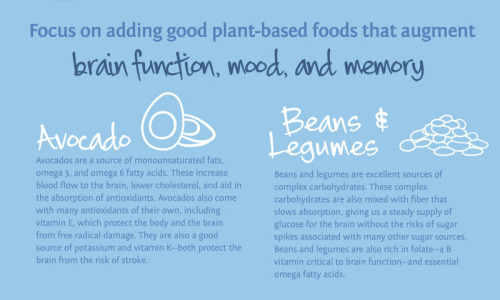



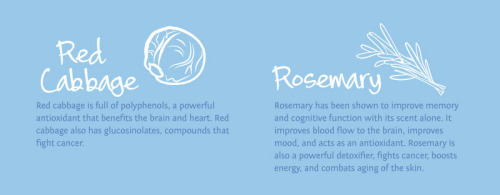
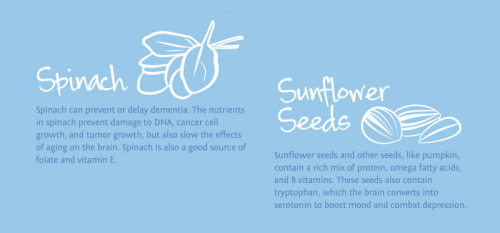
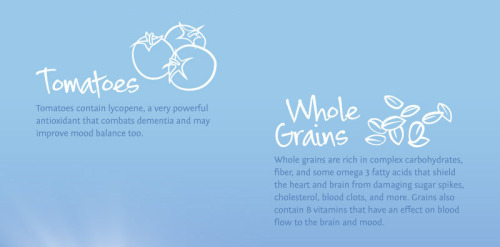

For more posts like these, go to @mypsychology
WHAT IS YOUR SOUL ELEMENT?

What is your soul element? Are you the master of fire, the controller of water, the bender of air, or the assembler of earth?
Take this test to know

A cannabis compound has been proven for the first time to reduce the frequency of seizures in people with a rare, severe form of epilepsy, according to the results of a randomized trial.
For years, parents have pointed to anecdotal benefits of cannabidiol (CBD), a compound in the marijuana plant that does not produce a high, saying it reduces seizures in treatment-resistant epilepsy.
Now doctors have performed a randomized trial to show cause and effect, with the findings published in Wednesday’s issue of the New England Journal of Medicine.
To conduct the study, the researchers focused on Dravet syndrome, a rare form of epilepsy that begins in infancy and is linked to a particular mutation that often resists combinations of up to 10 conventional seizure medications. They enrolled 120 patients who ranged in age from 2.5 to 18 years.
Sixty-one patients were randomly assigned to cannabidiol, and the 59 others to placebo. Neither the researchers nor the families knew who received the medication to prevent bias. All continued to take their existing medications.
“The message is that cannabidiol does work in reducing convulsing seizures in children with Dravet syndrome,” said lead author Dr. Orrin Devinksy, who is director of NYU’s Langone Comprehensive Epilepsy Center.
For those in the cannabinoid group, the median number of convulsive seizures per month dropped from 12.4 per month before treatment, to 5.9 seizures, the researchers reported.
The placebo group, in comparison, only saw their convulsive seizures fall from 14.9 per month, to 14.1.
Continue Reading.









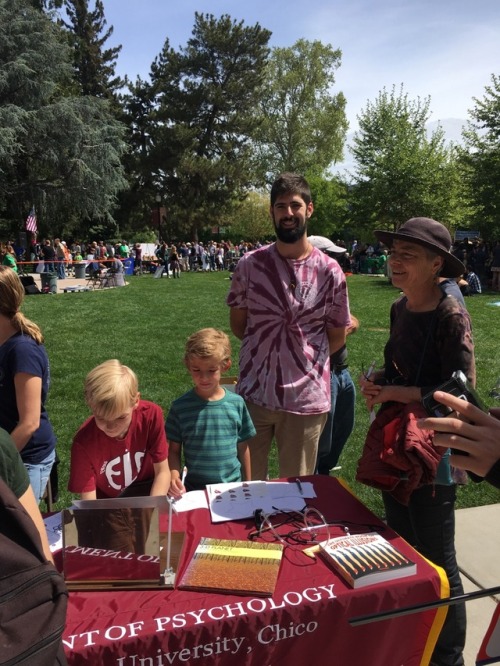

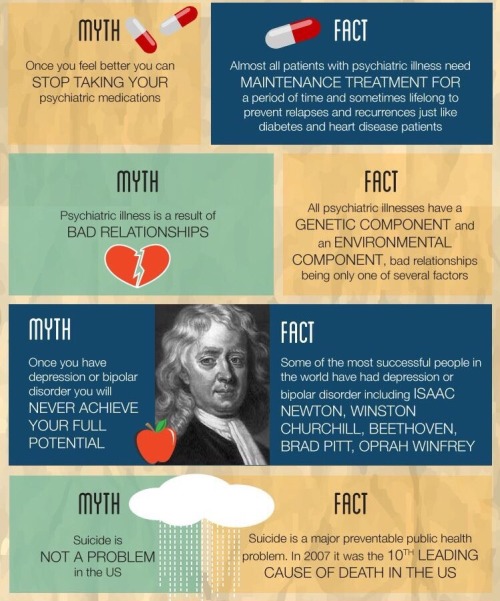


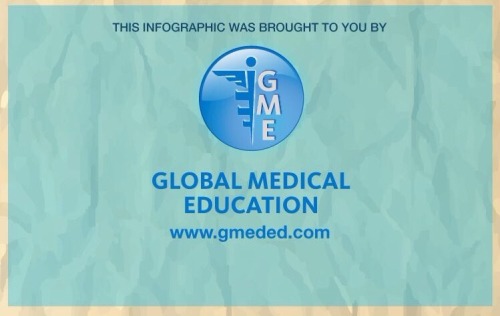
Myths & Facts about Mental Illness
source: Global Medical Education
For more follow us @ Awake Society









In the winter of 1995, scientists pointed the Hubble Telescope at an area of the sky near the Big Dipper, a spot that was dark and out of the way of light pollution from surrounding stars. The location was apparently empty, and the whole endeavor was risky. What, if anything, was going to show up? Over ten consecutive days, the telescope took close to 150 hours of exposure of that same area. And what came back was nothing short of spectacular: an image of over 1,500 distinct galaxies glimmering in a tiny sliver of the universe.
Now, let’s take a step back to understand the scale of this image. If you were to take a ballpoint pen and hold it at arm’s length in front of the night sky, focusing on its very tip, that is what the Hubble Telescope captured in its first Deep Field image. In other words, those 3,000 galaxies were seen in just a tiny speck of the universe, approximately one two-millionth of the night sky.
So the next time you stand gazing up at the night sky, take a moment to think about the enormity of what is beyond your vision, out in the dark spaces between the stars.
From the TED-Ed Lesson How small are we in the scale of the universe? - Alex Hofeldt
Animation by Yukai Du

IF YOU WOUKD LIKE TO ORDER ONE. Our Venmo account is ChicoStatePsiChi. Please send $45 and put your name, size, email, phone and address in the message section. We are selling until 12/7. They will be passed/shipped out the week after that. Thanks for you support! https://www.instagram.com/p/Bq3EGHclj8m/?utm_source=ig_tumblr_share&igshid=n602n7es09fi
-
 tonicarter liked this · 1 month ago
tonicarter liked this · 1 month ago -
 animalgobrrr liked this · 3 months ago
animalgobrrr liked this · 3 months ago -
 bloodfirewhiskeyink liked this · 5 months ago
bloodfirewhiskeyink liked this · 5 months ago -
 harbvekc liked this · 6 months ago
harbvekc liked this · 6 months ago -
 sherlockthedetective liked this · 7 months ago
sherlockthedetective liked this · 7 months ago -
 lilywhite-kittywake liked this · 1 year ago
lilywhite-kittywake liked this · 1 year ago -
 travelinghuntress reblogged this · 1 year ago
travelinghuntress reblogged this · 1 year ago -
 dreadkelpie reblogged this · 1 year ago
dreadkelpie reblogged this · 1 year ago -
 dance2my-destiny liked this · 2 years ago
dance2my-destiny liked this · 2 years ago -
 stephloverrrr liked this · 2 years ago
stephloverrrr liked this · 2 years ago -
 hunterontheedge liked this · 2 years ago
hunterontheedge liked this · 2 years ago -
 glitchender liked this · 2 years ago
glitchender liked this · 2 years ago -
 writing-is-a-martial-art liked this · 2 years ago
writing-is-a-martial-art liked this · 2 years ago -
 foxtailandredmess1 reblogged this · 2 years ago
foxtailandredmess1 reblogged this · 2 years ago -
 kitsunegdx reblogged this · 2 years ago
kitsunegdx reblogged this · 2 years ago -
 kitsunegdx liked this · 2 years ago
kitsunegdx liked this · 2 years ago -
 swallowsshit reblogged this · 2 years ago
swallowsshit reblogged this · 2 years ago -
 cruisinforabruising101 liked this · 2 years ago
cruisinforabruising101 liked this · 2 years ago -
 textbooksarcasm reblogged this · 2 years ago
textbooksarcasm reblogged this · 2 years ago -
 metalwing666 reblogged this · 2 years ago
metalwing666 reblogged this · 2 years ago -
 metalwing666 liked this · 2 years ago
metalwing666 liked this · 2 years ago -
 czytling liked this · 2 years ago
czytling liked this · 2 years ago -
 himinee reblogged this · 2 years ago
himinee reblogged this · 2 years ago -
 himinee liked this · 2 years ago
himinee liked this · 2 years ago -
 bronzepillar304 reblogged this · 2 years ago
bronzepillar304 reblogged this · 2 years ago -
 bronzepillar304 liked this · 2 years ago
bronzepillar304 liked this · 2 years ago -
 meanderingstream liked this · 2 years ago
meanderingstream liked this · 2 years ago -
 oddblonde21 reblogged this · 2 years ago
oddblonde21 reblogged this · 2 years ago -
 oddblonde21 liked this · 2 years ago
oddblonde21 liked this · 2 years ago -
 detective1412d liked this · 2 years ago
detective1412d liked this · 2 years ago -
 fancydunamancy liked this · 2 years ago
fancydunamancy liked this · 2 years ago -
 tea-scribbles-n-stuff liked this · 2 years ago
tea-scribbles-n-stuff liked this · 2 years ago -
 pcklesthings reblogged this · 2 years ago
pcklesthings reblogged this · 2 years ago -
 pcklesthings liked this · 2 years ago
pcklesthings liked this · 2 years ago -
 dragongoddessoffate reblogged this · 2 years ago
dragongoddessoffate reblogged this · 2 years ago -
 dukkra-ba-dukkra liked this · 2 years ago
dukkra-ba-dukkra liked this · 2 years ago -
 hedgehognight liked this · 2 years ago
hedgehognight liked this · 2 years ago -
 westwindsentinel reblogged this · 2 years ago
westwindsentinel reblogged this · 2 years ago -
 satju liked this · 2 years ago
satju liked this · 2 years ago -
 absolutegremlin liked this · 2 years ago
absolutegremlin liked this · 2 years ago -
 minister-of-silly-walks reblogged this · 2 years ago
minister-of-silly-walks reblogged this · 2 years ago -
 wiciclesatmidnight liked this · 2 years ago
wiciclesatmidnight liked this · 2 years ago -
 owl-eye liked this · 2 years ago
owl-eye liked this · 2 years ago -
 natus-ex-stellae reblogged this · 2 years ago
natus-ex-stellae reblogged this · 2 years ago -
 natus-ex-stellae liked this · 2 years ago
natus-ex-stellae liked this · 2 years ago -
 hotenemyshape reblogged this · 2 years ago
hotenemyshape reblogged this · 2 years ago -
 novemberocean liked this · 2 years ago
novemberocean liked this · 2 years ago -
 why0should0i liked this · 2 years ago
why0should0i liked this · 2 years ago
